 When building supply and demand models, the assumption is usually made that both producers and consumers act in a ‘rational’ way to achieve the best possible outcomes. As far as producers are concerned, this would mean attempting to maximise profit. As far as consumers are concerned, it would mean attempting to achieve the highest satisfaction (utility) from their limited budget. This involves a cost–benefit calculation, where people weigh up the costs and benefits of allocating their money between different goods and services.
When building supply and demand models, the assumption is usually made that both producers and consumers act in a ‘rational’ way to achieve the best possible outcomes. As far as producers are concerned, this would mean attempting to maximise profit. As far as consumers are concerned, it would mean attempting to achieve the highest satisfaction (utility) from their limited budget. This involves a cost–benefit calculation, where people weigh up the costs and benefits of allocating their money between different goods and services.
For consumers to act rationally, the following assumptions are made:
- Consumer choices are made independently. Their individual choices and preferences are not influenced by other people’s, nor do their choices and preferences impact on other people’s choices.
- The consumer’s preferences are consistent and fixed.
- Consumers have full information about the products available and alternatives to them.
- Given the information they have and the preferences they hold, consumers will then make an optimal choice.
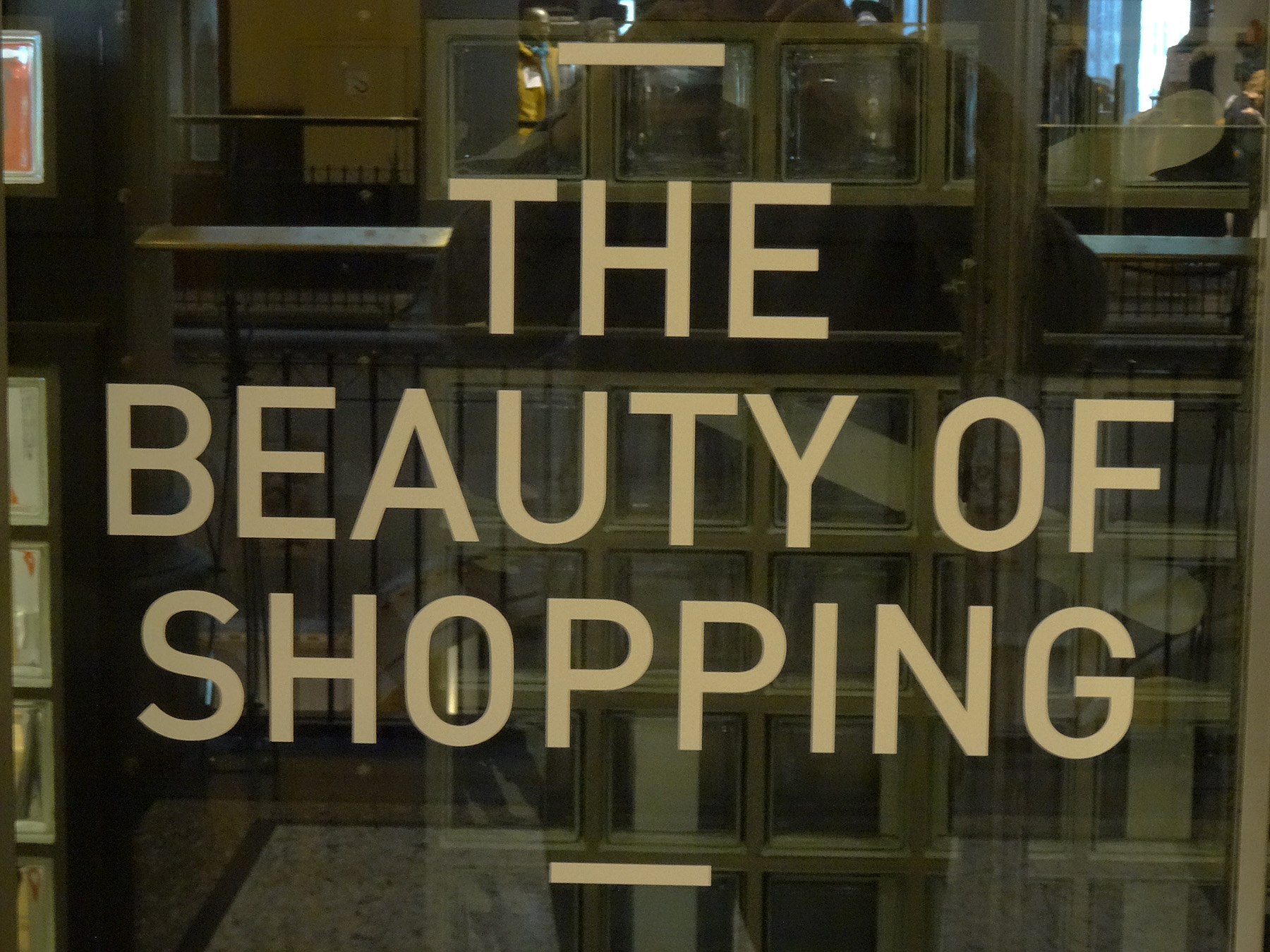 Black Friday can be seen as a perfect occasion for consumers to get their hands on a bargain. It is an opportunity to fulfil a rational need, for example if you were needing to replace a household appliance but were waiting until there was a good deal before committing to a purchase.
Black Friday can be seen as a perfect occasion for consumers to get their hands on a bargain. It is an opportunity to fulfil a rational need, for example if you were needing to replace a household appliance but were waiting until there was a good deal before committing to a purchase.
The assumption that people act rationally has been at the forefront of economic theory for decades. However, this has been questioned by the rise in behavioural economics. Rather than assuming that all individuals are ‘rational maximisers’ and conduct a cost–benefit analysis for every decision, behavioural economists mix psychology with economics by focusing on the human. As humans, we do not always behave rationally but, instead, we act under bounded rationality.
As economic agents, we make different decisions depending on our emotional state that differ from the ‘rational choice’ assumption. We are also influenced by our social networks and often make choices that provide us with immediate gratification. Given this, Black Friday can also be viewed as a great opportunity to fall prey to irrational and emotional shopping behaviours.
Black Friday originated in the USA and is the day after Thanksgiving. During this annual shopping holiday, retailers typically offer steep discounts to kick off the holiday season. The Black Friday shopping phenomenon is less than a decade old in the UK but it’s now an established part of the pre-Christmas retail calendar. Between 2010 and 2013, Black Friday gradually built up momentum in the UK. In 2014, Black Friday became the peak pre-Christmas online sales day and many online retailers haven’t looked back.
 Arguably, from a behavioural economist’s perspective, the big problem with Black Friday is that all the reasons consumers possibly have to partake can be largely illusory. Consumers are bombarded with the promise of one-off deals, large discounts, scarce products, and an opportunity to get their holiday shopping done all at once. However, on Black Friday, our rational decision-making faculties are tested, just as stores are trying their hardest to maximise consumers’ mistakes.
Arguably, from a behavioural economist’s perspective, the big problem with Black Friday is that all the reasons consumers possibly have to partake can be largely illusory. Consumers are bombarded with the promise of one-off deals, large discounts, scarce products, and an opportunity to get their holiday shopping done all at once. However, on Black Friday, our rational decision-making faculties are tested, just as stores are trying their hardest to maximise consumers’ mistakes.
There are many ‘behavioural traps’ that consumers often fall into. The following two are most likely to occur on Black Friday:
- Scarcity and loss aversion. Shoppers may fear that they will miss out on the best sales deals available if they don’t buy it now. Retailers commonly spark consumers’ interest by highlighting limited stocks available for a limited time only, which raises the perceived value of these goods. This sense of scarcity can further trigger the need to buy now, increasing the ‘Fear of Missing Out’. Consumers therefore need to ask themselves if they are really missing out if they don’t buy it now? And is the discount worth spending the money today, or is there something else I should be spending it on or saving for?
- Sunk cost fallacy. Once consumers have started to invest, they often struggle to close out investments that prove unprofitable. On Black Friday, customers have already made the initial investment of getting up early, driving to the shops, finding parking and waiting in a queue, before they have purchased anything. Therefore, they will be inclined to buy more than they initially went for. It is important therefore to think about each purchase in isolation.
 This year, however, there is also the added complication of the rising cost of living. Whilst this may deter some consumers from unnecessary, impulse purchases, some consumers are using Black Friday as an opportunity to stock up on expected future purchases, hedging against likely price rises over the coming months.
This year, however, there is also the added complication of the rising cost of living. Whilst this may deter some consumers from unnecessary, impulse purchases, some consumers are using Black Friday as an opportunity to stock up on expected future purchases, hedging against likely price rises over the coming months.
It is thought that more consumers will be looking for a combination of high quality but low price to make sure their purchases are affordable and can last for a long time. According to PwC, many consumers have closely monitored their favourite brands in anticipation that big-ticket electronics, more pricey winter wear or Christmas stocking fillers will be discounted. Consumers are also in search of bargains more than ever given rising inflation. This would suggest a shift in attitude, meaning consumers will be more aware of what they cannot afford rather than giving in to emotional temptation brought on by Black Friday.
Retailers are fully aware of the cognitive biases that surround Black Friday and take full advantage of them. ‘Cyber Monday’ follows right after Black Friday, giving retailers an extra opportunity for them to keep those ‘urgent’ or ‘unmissable’ sales going and increase their revenues.
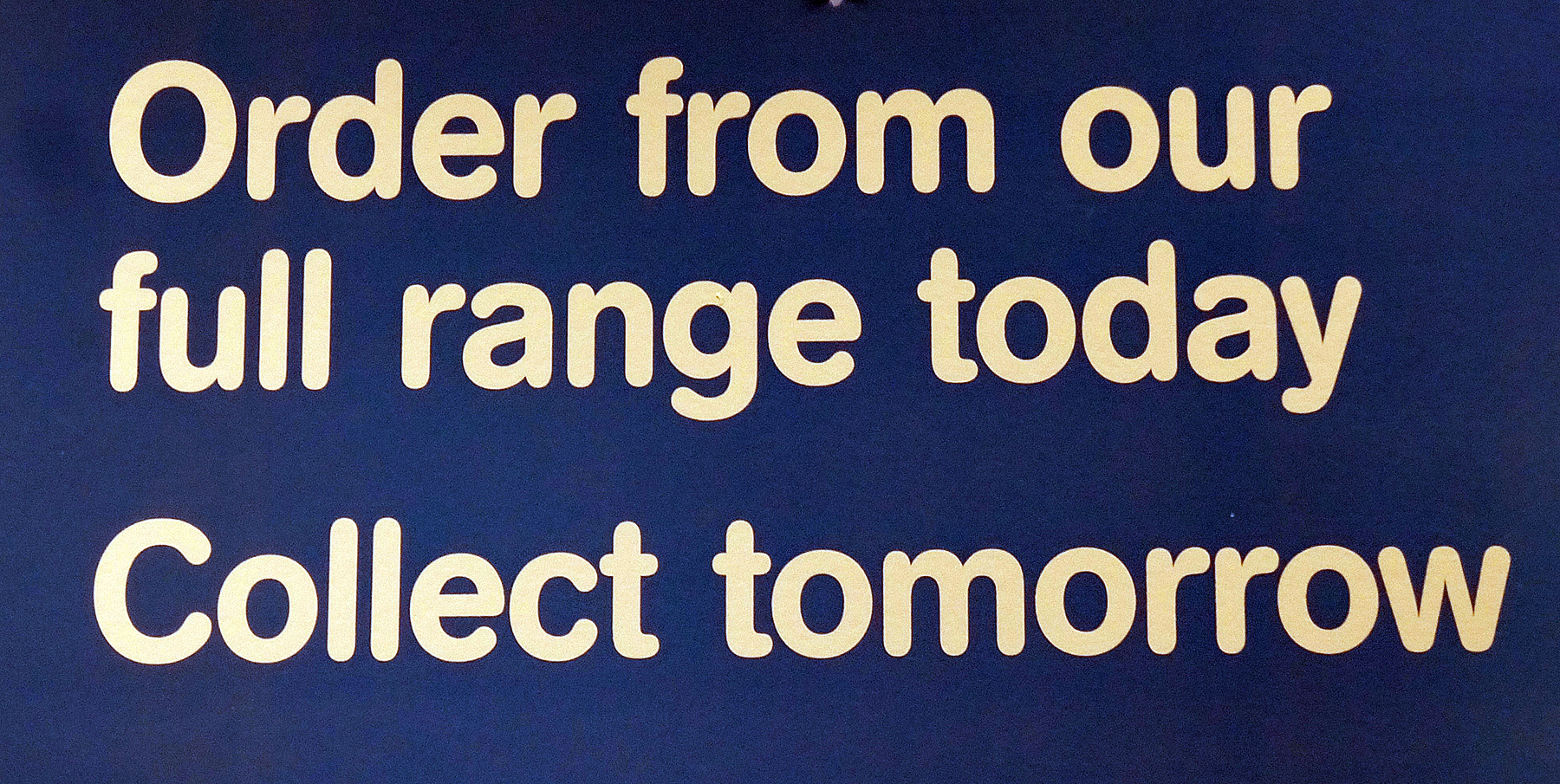 Black Friday is one of the biggest shopping days of the year. However, the way retailers approach it is growing increasingly mixed. Stores such as Amazon, Argos, Currys and John Lewis have started offering Black Friday deals much earlier in the month, leading some to refer to the event as ‘Black November’. Other stores, such as M&S and Next, didn’t take part at all this year.
Black Friday is one of the biggest shopping days of the year. However, the way retailers approach it is growing increasingly mixed. Stores such as Amazon, Argos, Currys and John Lewis have started offering Black Friday deals much earlier in the month, leading some to refer to the event as ‘Black November’. Other stores, such as M&S and Next, didn’t take part at all this year.
Ultimately, Consumers can use insights from behavioural economics to empower them to make more rational decisions in such circumstances: ones that better align with their individual budgets. Nevertheless, the Black Friday sales mania can trigger our deepest emotional and cognitive responses that lead to unnecessary spending.
Articles
Video
Questions
- Discuss what is meant by the term ‘rational consumer’. Is it a useful generalisation about the way consumers behave?
- Discuss what is meant by the term ‘rational producer’. Is it a useful generalisation about the way firms behave?
- What is cost–benefit analysis? What is the procedure used in conducting a cost–benefit analysis?
- In addition to scarcity and loss aversion and the sunk cost fallacy, are there any other reasons why consumers may not always act rationally?
- Are people likely to be more ‘rational’ about online Black Friday purchases than in-store ones? Explain.
 For those of you embarking on a course in economics, one of the first things you’ll come across is the distinction between microeconomics and macroeconomics. The news is full of both microeconomic and macroeconomic issues and you’ll quickly see how relevant both branches of economics are to analysing real-world events, problems and policies.
For those of you embarking on a course in economics, one of the first things you’ll come across is the distinction between microeconomics and macroeconomics. The news is full of both microeconomic and macroeconomic issues and you’ll quickly see how relevant both branches of economics are to analysing real-world events, problems and policies.
As we state in Economics (updated 10th edition), ‘microeconomics is concerned with the individual parts of the economy. It is concerned with the demand and supply of particular goods, services and resources such as cars, butter, clothes, haircuts, plumbers, accountants, blast furnaces, computers and oil.’ In particular, it is concerned with the buying, selling, production and employment decisions of individuals and firms. When you go shopping and make choices of what to buy you are making microeconomic decisions. When firms choose how much of particular products to produce, what techniques of production to use and how many people to employ, these choices are microeconomic ones.
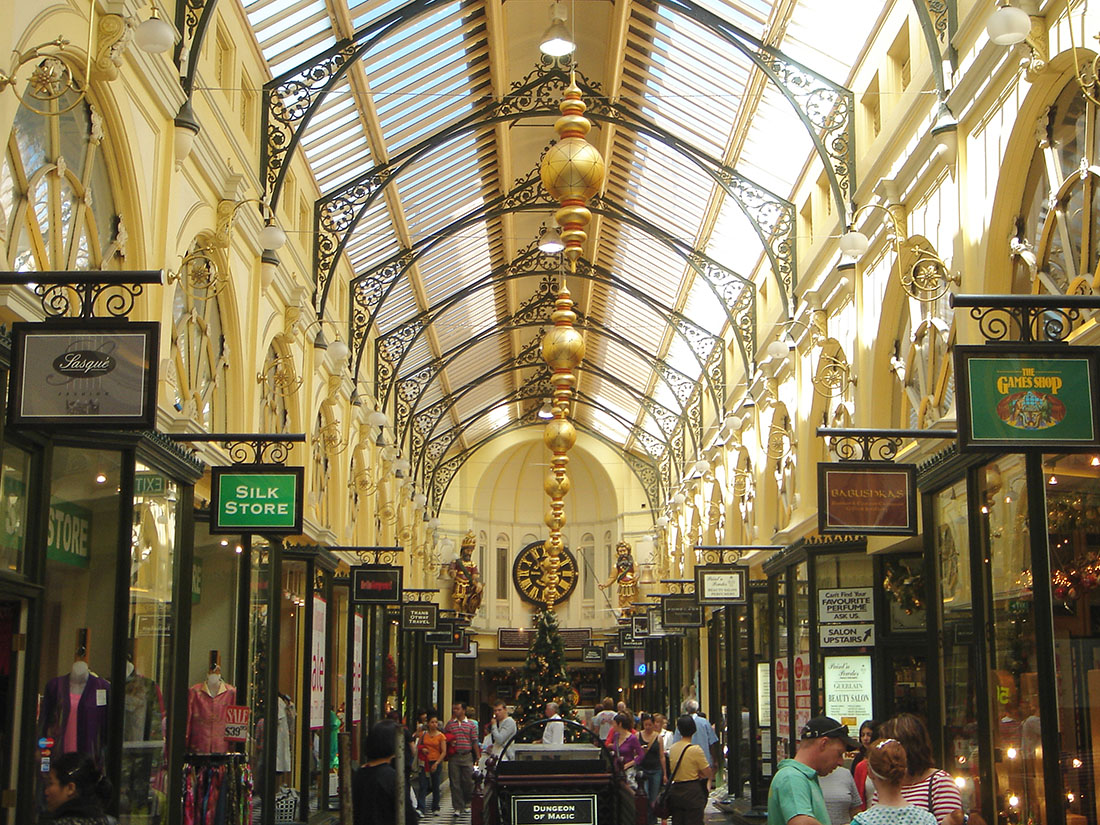 Microeconomics examines people’s behaviour when they make choices. In fact many of the recent developments in microeconomics involve analysing the behaviour of individuals and firms and the factors that influence this behaviour.
Microeconomics examines people’s behaviour when they make choices. In fact many of the recent developments in microeconomics involve analysing the behaviour of individuals and firms and the factors that influence this behaviour.
Open any newspaper, turn on the TV news or access any news site and you will see various microeconomic issues covered. Why are rents soaring? How is AI affecting various businesses’ productivity? How rapidly is the switch taking place to green energy? How do supermarkets influence spending patterns? Why are wages so low in the social care sector? Why are private PCR tests so expensive for holidaymakers retuning from abroad?
Many of the blogs on this news site will examine microeconomic issues. We hope that they provide useful case studies for your course.
Articles
Questions
- Look through news sites and identify five current microeconomic issues. What makes them ‘micro’ issues?
- If world oil and gas prices rise, why is this a microeconomic issue?
- What do you understand by ‘scarcity’? How is microeconomics related to scarcity?
- Are all goods scarce?
- What is meant by ‘opportunity cost’? Give some examples of how opportunity cost has affected recent decisions you have made.
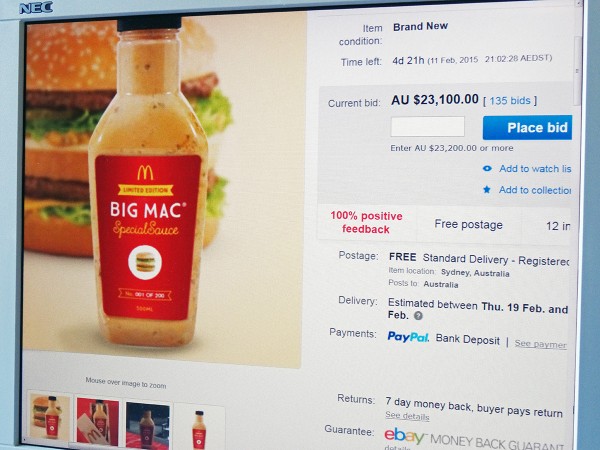 McDonalds is one of the most recognised names in the world and its iconic product, the Big Mac, is an obsession for many people – though I have to confess that I have never had one. McDonalds is taking advantage of this fact by auctioning off a bottle of its secret Big Mac sauce. The proceeds will go to charity.
McDonalds is one of the most recognised names in the world and its iconic product, the Big Mac, is an obsession for many people – though I have to confess that I have never had one. McDonalds is taking advantage of this fact by auctioning off a bottle of its secret Big Mac sauce. The proceeds will go to charity.
McDonalds has around 36 000 stores around the world, located in over 100 countries. The Big Mac is sold in all of these stores and the famous sauce is available there for a pretty small price. However, on eBay, this bottle of sauce has already reached a bid of AU$23 100 (£11 800)! The 500m bottle is only being auctioned in Australia and with a few days before the auction finishes, the price may get still higher.
So, why are people prepared to pay such a high price for a bottle of sauce that is readily available on a Big Mac and which, in Australia, will be sold in small tubs throughout this month?
The advert on eBay suggests that the bottle is being set free and is ‘rarer than a spot on Bondi beach on New Years Day’. As we know, when products become scarce their price tends to rise. This auction will be the first time that this sauce is available, as normally the sauce is dispensed straight onto the burger. The ingredients of this famous sauce are known, but the recipe for making it is not. Perhaps it represents an opportunity for someone to try to re-create it!
An auction is an interesting mechanism to receive the highest price for any product. Most people have a maximum willingness to pay for something and if they pay less than that, they will receive some consumer surplus. However, with an auction, it can be a good way for the seller to force consumers to bid their maximum price and hence this can reduce the consumer surplus.
Of course, in this auction only the highest bidder will actually pay and so it will only be their consumer surplus that is affected. However, other auction designs, such as an ‘All-pay’ auction can extract the full consumer surplus from bidders. Mr Lollback, the Chief Marketing Officer said:
‘We’re excited to be auctioning off the first-ever bottle of Big Mac sauce for a cause we are passionate about… It’s going to be interesting to see just how much people are prepared to pay for such a sought after commodity.’
The final price will certainly be interesting and, with other bottles of this sauce available, we will have to wait and see whether or not further auctions take place or if other mechanisms of delivering the sauce to the public appear. The following articles consider the Big Mac sauce auction.
McDonald’s Big Mac sauce auction attracts $18,000 bid BBC News (3/2/15)
Liquid Gold! Macca’s auction off the only bottle of its trademark Big Mac special sauce in Australia … and bids have already reached $23,000 Mail Online, Leesa Smith (3/2/15)
 Bottle of McDonald’s secret Big Mac sauce up for auction USA Today, Jessica Durando (3/2/15)
Bottle of McDonald’s secret Big Mac sauce up for auction USA Today, Jessica Durando (3/2/15)
McDonald’s Big Mac special sauce yours to own from today The Telegraph, Richard Noone (29/1/15)
Questions
- Why does the price of a product rise when it is scarce? Use a diagram to explain this.
- What is consumer surplus and how can a firm aim to extract as much of this as possible? Why would a firm want to do this? Use a diagram to illustrate the concept of consumer surplus and how it can change.
- Why can an auction push up the market price of a product?/li>
- Given that the Big Mac sauce is available on all Big Macs, which can be purchased for a very low price, what explanation can be given for people being prepared to pay over £10,000?
- When are auctions a good mechanism to sell a product?
- What are the different types of auctions that can occur? How do they vary in terms of the price that can be achieved?
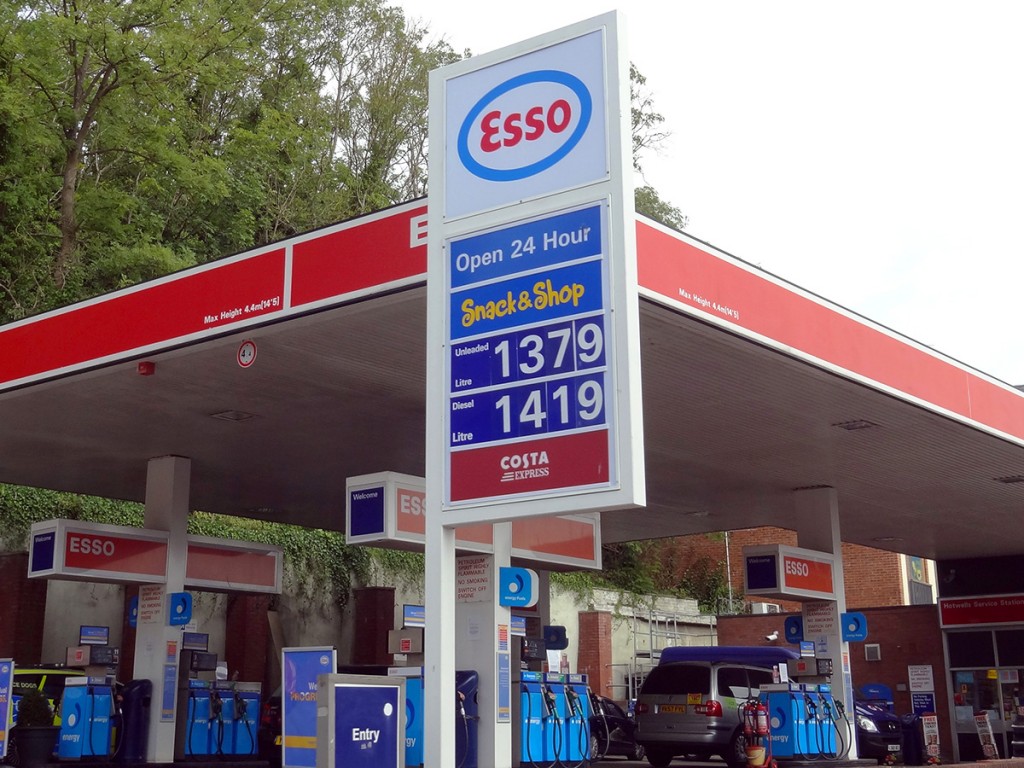 As resources become scarce, the price mechanism works to push up the price (see, for example, Box 9.11 in Economics 8th ed). If you look at the price of petrol over the past few decades, there has been a general upward trend – part of this is due to growth in demand, but part is due to oil being a scarce resource. Many millions have been spent on trying to find alternative fuels and perhaps things are now looking up!
As resources become scarce, the price mechanism works to push up the price (see, for example, Box 9.11 in Economics 8th ed). If you look at the price of petrol over the past few decades, there has been a general upward trend – part of this is due to growth in demand, but part is due to oil being a scarce resource. Many millions have been spent on trying to find alternative fuels and perhaps things are now looking up!
Air Fuel Synthesis, a small British company, has allegedly managed to make ‘petrol from air’. Following this, the company has unsurprisingly received finance and investment offers from across the world. However, the entrepreneur Professor Marmont has said that he does not want any company from the oil industry to get a stake in this firm. This doesn’t mean that investment is not needed or on the cards, as in order to increase production of petrol from thin air financing is needed. Professors Marmont said:
We’ve had calls offering us money from all over the world. We’ve never had that before. We’ve made the first petrol with our demonstration plant but the next stage is to build a bigger plant capable of producing 1 tonne of petrol a day, which means we need between £5m and £6m
Whilst the process appears to be a reality, Air Fuel Synthesis is a long way from being able to produce en masse. However, it does offer an exciting prospect for the future of petrol and renewable energy resources in the UK. At the moment oil companies appear to be uninterested, but if this breakthrough receives the financing it needs and progress continues to be made, it will be interesting to see how the big oil companies respond. The following articles consider this break-through.
Company that made ‘petrol from air’ breakthrough would refuse investment from big oil Independent, Steve Connor (19/10/12)
British engineers create petrol from air and water Reuters, Alice Baghdijan (19/10/12)
Petrol from air: will it make a difference? BBC News, Jason Palmer (19/10/12)
British engineers produce amazing ‘petrol from air’ technology The Telegraph , Andrew Hough (18/10/12)
Questions
- Explain the way in which the price mechanism works as resources become scarce. Use a diagram to help your explanation.
- As raw materials become scarce, prices of the goods that use them to work or require them to be produced will be affected. Explain this interdependence between markets.
- Why is investment from an oil company such a concern for Professor Marmont?
- Why is there unlikely to be any impact in the short run from this new breakthrough?
- If such a technology could be put into practice, what effect might this have on the price of petrol?
- How might oil companies react to the growth in this technology?
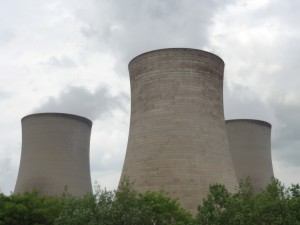 EU environmental legislation is beginning to cause problems in the UK. As it prohibits coal-fired power plants from generating power, they will be forced to close. This means that the UK will be forced to rely more on imported energy, which could lead to price rises, as energy shortages emerge.
EU environmental legislation is beginning to cause problems in the UK. As it prohibits coal-fired power plants from generating power, they will be forced to close. This means that the UK will be forced to rely more on imported energy, which could lead to price rises, as energy shortages emerge.
Ofgem, the energy regulator has said that the risk of a gas shortage is likely to be at its highest in about 3 years time, as the amount of spare capacity is expected to fall from its current 14% to just 4%. Energy shortages have been a concern for some time, but the report from Ofgem indicates that the predicted time frame for these energy shortages will now be sooner than expected. Ofgem has said that the probability of a black-out has increased from 1 in 3,300 years now to 1 in 12 years by 2015.
The government, however, has said that its Energy Bill soon to be published will set out plans that will secure power supply for the UK. Part of this will be through investment, leading to new methods of generating energy. The Chief Executive of Ofgem, Alistair Buchanan said:
‘The unprecedented challenges in facing Britain’s energy industry … to attract the investment to deliver secure, sustainable and affordable energy supplies for consumers, still remain.’
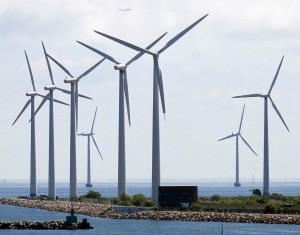 One particular area that will see growth is wind-farms: a controversial method of power supply, due to the eye-sore they present (to some eyes, at least) and the noise pollution they generate. But with spare capacity predicted to fall to 4%, they will be a much needed investment.
One particular area that will see growth is wind-farms: a controversial method of power supply, due to the eye-sore they present (to some eyes, at least) and the noise pollution they generate. But with spare capacity predicted to fall to 4%, they will be a much needed investment.
Perhaps of more concern for the everyday household will be the impact on energy prices. As we know, when anything is scarce, the price begins to rise. As energy shortages become more of a concern, the market mechanism will begin to push up prices. With other bills already at record highs and incomes remaining low, the average household is likely to feel the squeeze. The following articles and the Ofgem report considers this issue.
Report
Electricity Capacity Assessment Ofgem Report to Government, Ofgem (5/12/12)
Articles
Power shortage risks by 2015, Ofgem warns BBC News (5/10/12)
Britain faces risk of blackout The Telegraph (5/10/12)
Ofgem estimates tightening margins for electricity generation Reuters (5/10/12)
Electricity shortages are ‘risk’ by 2015 Sky News (5/10/12)
Future energy bills could give customers a nasty shock ITV News, Chris Choi (5/10/12)
Questions
- What is the role of Ofgem in the UK?
- Explain the way in which prices adjust as resources become more or less scarce. Use a demand and supply diagram to illustrate your answer.
- To what extent do you think the UK should be forced to close down its coal-fired plants, as a part of EU environmental legislation?
- Are there any market failures associated with the use of wind farms? Where possible, use a diagram to illustrate your answer.
- Explain why an energy shortage will lead to an increase in imports and how this in turn will affect energy prices.
- What are the government’s plans to secure energy provision in the UK? Do you think they are likely to be effective?
 When building supply and demand models, the assumption is usually made that both producers and consumers act in a ‘rational’ way to achieve the best possible outcomes. As far as producers are concerned, this would mean attempting to maximise profit. As far as consumers are concerned, it would mean attempting to achieve the highest satisfaction (utility) from their limited budget. This involves a cost–benefit calculation, where people weigh up the costs and benefits of allocating their money between different goods and services.
When building supply and demand models, the assumption is usually made that both producers and consumers act in a ‘rational’ way to achieve the best possible outcomes. As far as producers are concerned, this would mean attempting to maximise profit. As far as consumers are concerned, it would mean attempting to achieve the highest satisfaction (utility) from their limited budget. This involves a cost–benefit calculation, where people weigh up the costs and benefits of allocating their money between different goods and services. Black Friday can be seen as a perfect occasion for consumers to get their hands on a bargain. It is an opportunity to fulfil a rational need, for example if you were needing to replace a household appliance but were waiting until there was a good deal before committing to a purchase.
Black Friday can be seen as a perfect occasion for consumers to get their hands on a bargain. It is an opportunity to fulfil a rational need, for example if you were needing to replace a household appliance but were waiting until there was a good deal before committing to a purchase.  Arguably, from a behavioural economist’s perspective, the big problem with Black Friday is that all the reasons consumers possibly have to partake can be largely illusory. Consumers are bombarded with the promise of one-off deals, large discounts, scarce products, and an opportunity to get their holiday shopping done all at once. However, on Black Friday, our rational decision-making faculties are tested, just as stores are trying their hardest to maximise consumers’ mistakes.
Arguably, from a behavioural economist’s perspective, the big problem with Black Friday is that all the reasons consumers possibly have to partake can be largely illusory. Consumers are bombarded with the promise of one-off deals, large discounts, scarce products, and an opportunity to get their holiday shopping done all at once. However, on Black Friday, our rational decision-making faculties are tested, just as stores are trying their hardest to maximise consumers’ mistakes. This year, however, there is also the added complication of the rising cost of living. Whilst this may deter some consumers from unnecessary, impulse purchases, some consumers are using Black Friday as an opportunity to stock up on expected future purchases, hedging against likely price rises over the coming months.
This year, however, there is also the added complication of the rising cost of living. Whilst this may deter some consumers from unnecessary, impulse purchases, some consumers are using Black Friday as an opportunity to stock up on expected future purchases, hedging against likely price rises over the coming months. Black Friday is one of the biggest shopping days of the year. However, the way retailers approach it is growing increasingly mixed. Stores such as Amazon, Argos, Currys and John Lewis have started offering Black Friday deals much earlier in the month, leading some to refer to the event as ‘Black November’. Other stores, such as M&S and Next, didn’t take part at all this year.
Black Friday is one of the biggest shopping days of the year. However, the way retailers approach it is growing increasingly mixed. Stores such as Amazon, Argos, Currys and John Lewis have started offering Black Friday deals much earlier in the month, leading some to refer to the event as ‘Black November’. Other stores, such as M&S and Next, didn’t take part at all this year. Black Friday: what are the economics behind the sales?
Black Friday: what are the economics behind the sales? For those of you embarking on a course in economics, one of the first things you’ll come across is the distinction between microeconomics and macroeconomics. The news is full of both microeconomic and macroeconomic issues and you’ll quickly see how relevant both branches of economics are to analysing real-world events, problems and policies.
For those of you embarking on a course in economics, one of the first things you’ll come across is the distinction between microeconomics and macroeconomics. The news is full of both microeconomic and macroeconomic issues and you’ll quickly see how relevant both branches of economics are to analysing real-world events, problems and policies. Microeconomics examines people’s behaviour when they make choices. In fact many of the recent developments in microeconomics involve analysing the behaviour of individuals and firms and the factors that influence this behaviour.
Microeconomics examines people’s behaviour when they make choices. In fact many of the recent developments in microeconomics involve analysing the behaviour of individuals and firms and the factors that influence this behaviour.



